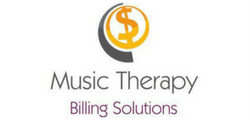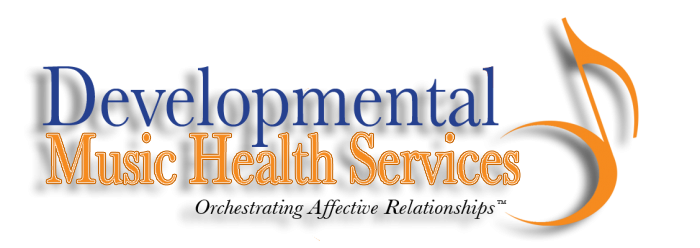It’s not a reach to say that the healthcare system in the United States is….well, rather complex. Particularly as it relates to insurance reimbursement, whether that comes from federal funds, state funds, or private companies. Just ask any music therapy business owner, parent (or loved one) of a client, policy wonk, or advocate—it takes a great deal of time and effort (and sometimes blood, sweat, money, and tears) to navigate the US healthcare system.
In an effort to get a preliminary idea of how music therapy is reimbursed, I collaborated over the past couple of years with a (now one of my former) doctoral students, Laurie Peebles, on a survey project about this topic.
We recently published our results in Music Therapy Perspectives (read it here). But I thought I’d take this opportunity to highlight some key findings, bust some myths, and share some thoughts on where this line of policy inquiry might go next.
In no particular order:
- Reimbursement is a state-specific issue, particularly as it relates to the type of reimbursement source. This is one of the key conclusions we made based on survey responses. Most of the reported cases of successful reimbursement emerged from state funding sources (or at least state-managed funding sources).
- Relatedly, whereas in this study we aimed to capture an overview of reimbursement practice across the country, respondents only came from six states. We recommend that moving forward researchers focus on reimbursement practice in a specific state, and aim to capture more detailed information.
- Time to bust some myths—you do not need a masters degree, you do not need to be licensed, and you do not need to have a specialty training for your services to be reimbursed. Although in some instances these may help “open the door” to reimbursement, based on survey responses this is not required.
- Most of reimbursed services supported children, in particular those on the autism spectrum or those with developmental delays. This may speak more to where states and insurance companies choose to allocate their dollars, as opposed to who music therapists are actually working with.
- Expand your professional network. Referrals for reimbursed music therapy services came from doctors and physician’s assistants, social workers and case managers, and family members of clients. However, this too seems to be state-specific. For example, if living in South Carolina connect with medical personnel, whereas if you are in Colorado have case managers and family members in your professional circle.
- Here’s another myth to bust—reimbursement of music therapy services does not impede clients from benefiting from other therapeutic services. In fact, if I’m doing the math correctly, clients receiving reimbursed music therapy services (55 cases) are also participating in an average of at least two other types of therapies (121 instances), most commonly occupational therapy, speech therapy, and physical therapy.
- The American Music Therapy Association provides resources to its members to assist in their reimbursement efforts. Part of these resources include identifying 19 Current Procedural Terminology (CPT) codes that may be used for music therapy services. However, respondents in our survey by and large used just one of those—“CPT 97530, Therapeutic Services, one-on-one, each 15 minutes.” (That and another code from a different classification system, “G0176, Activity therapy such as music, dance, art, or play (not for recreation.” That was only in Colorado, though…).
- There has been a call in the music therapy profession for more systematic development of music interventions (like here, for example). This has not yet translated to reimbursement, as in the vast majority of instances it was general “music therapy” services that were reimbursed, not specific music interventions. (That said, I can’t help but wonder if this will change as our profession evolves and the use of music as intervention by non-music therapists becomes more widespread.)
In reading this post and the article itself, please keep in mind that our study only provides a preliminary overview of reimbursement practice. I know more is happening in this area, we were just not able to capture it in this project.
However, it is my hope that this information provides a resource for clinicians as they work with clients and their families to navigate this complex issue.
References
Sena Moore, K., & Peebles, L. (2020). A preliminary overview of music therapy practice in the United States. Music Therapy Perspectives [Advance online access]. https://doi.org/10.1093/mtp/miaa025



 orcid.org/0000-0001-8665-1493
orcid.org/0000-0001-8665-1493






{ 0 comments… add one now }
You must log in to post a comment.